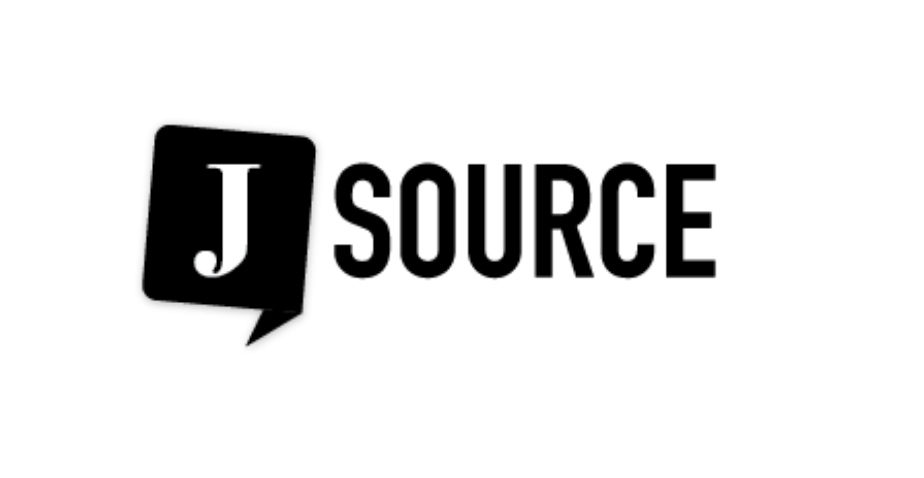Why the newspaper is headed for extinction: study
Communications consultant Ken Goldstein is not just another all-purpose analyst urging the world to jump on the new media bandwagon. His most recent paper does, however, conclude the printed newspaper is headed for extinction.
The printed newspaper is headed for extinction, according to one communications consultant.
Ken Goldstein is not just another all-purpose analyst urging the world to jump on the new media bandwagon. The founder of Winnipeg’s Communications Management Inc. has a graduate degree in journalism and decades of experience as a senior civil servant and private consultant in the area of communications policy. As a consultant, his advice is sought by media companies around the world.
His new discussion paper examines circulation trends in Canada, the United States and the United Kingdom. The conclusion is not new, but it is backed up with impressive research that puts the Canadian experience in context.
Sixty years ago, more newspapers were sold every day in Canada than there were households in the country. Today, paid circulation is equal to about 30 percent of Canadian households — a lower household penetration than is found in either the United States or the UK.
Goldstein’s paper excludes free newspapers and measures only circulation — not readership. Distinguishing readership in print and online is very difficult, and this discussion paper is about the survival of ink on paper.
Goldstein points out that journalists are no longer the primary mediators between consumers and advertisers, or consumers and those who want to get their message to the public. And there is no longer an economic reason to bundle disparate products — sports, business, crosswords, classifieds — into one package.
He also reminds us of this quote from Marshall McLuhan:
“The classified ads (and stock-market quotations) are the bedrock of the press. Should an alternative source of easy access to such diverse daily information be found, the press will fold.”
The quote comes from Understanding Media: The Extensions of Man. It was published in 1964.
Goldstein’s paper, Sixty Years of Daily Newspaper Circulation Trends, concludes:
“Ultimately, someday, the print product will be gone. And its replacement will not necessarily be the same number of local newspapers simply re-purposed into electronic formats. Because of the unbundling effect, it is at least possible that only a few major national or international newspaper ‘brands’ will survive in electronic form, and that local news will come to be delivered by, and attached to, a variety of other online services.”
To read the full discussion paper, click here.
[node:ad]Kelly Toughill is an associate professor of journalism at the University of King's College and founder of Polestar Immigration Research Inc.

